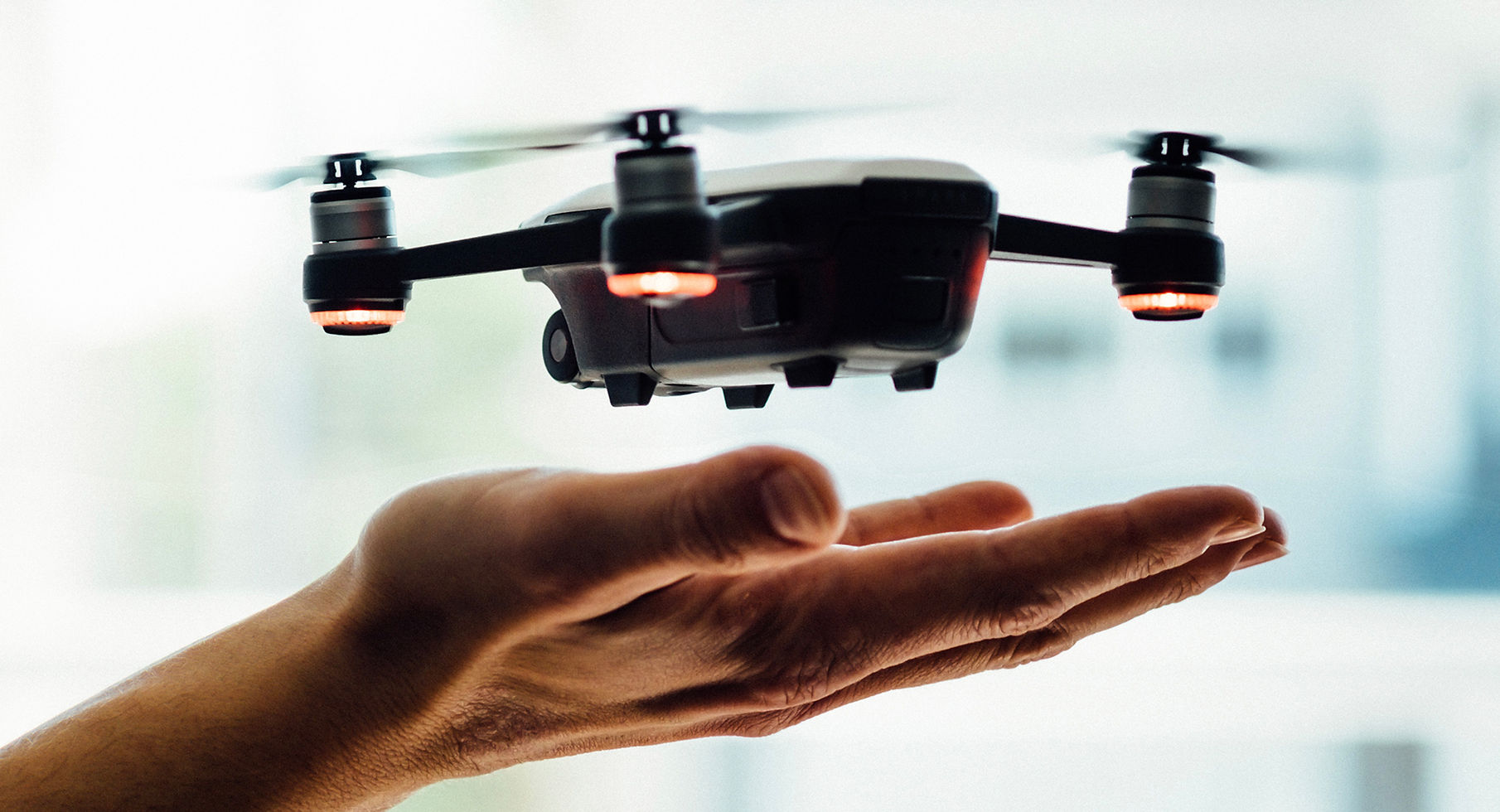
How to Hire a Drone Pilot: The Dos and Don’ts for Getting It Right
- Matthew Nichol

- Jul 31
- 2 min read
In today’s content-hungry world, drone footage can take your video project, real estate listing, event coverage, or marketing campaign to the next level. But not all drone pilots are created equal—and hiring the wrong one can lead to underwhelming results, or worse, legal trouble. Here’s your guide to hiring a drone pilot the right way, with key dos and don’ts to make sure you get beautiful, legal, and safe footage.
DO: Check for FAA Certification (in the U.S.)
Before anything else, ask if the drone pilot is Part 107 certified by the Federal Aviation Administration. This certification is legally required for any commercial drone work in the U.S. Without it, the operator isn’t legally allowed to fly drones for paid projects—and you could be liable if something goes wrong.
DO: Review Their Portfolio
Like any creative professional, a drone pilot should have a reel or collection of past projects. Look for footage that’s smooth, dynamic, well-framed, and appropriate for the type of work you need—whether it’s weddings, real estate, construction, or cinematic content.
DO: Ask About Insurance
Even the best drone pilots can face unpredictable issues—weather, birds, or technical malfunctions. Make sure your pilot has liability insurance to protect both of you in case of accidents, property damage, or injury.
DO: Clarify the Deliverables and Usage Rights
Be clear on what you’re paying for:
How many minutes of footage or how many photos will you receive?
Will they edit the footage or just hand it off?
Do you own the footage, or is it licensed to you for specific use?
Getting this in writing prevents issues down the line especially for business use.
DON’T: Hire Based on Price Alone
Bargain rates might seem tempting, but cheap drone pilots often lack certification, proper insurance, or the experience to get quality shots. In drone work, you truly get what you pay for. Prioritize quality and professionalism over price.
DON’T: Skip the Site Assessment
If your shoot location is in a crowded area, near airports, or has obstacles like power lines or trees, your drone pilot should conduct a pre-flight site evaluation—or at the very least, research local airspace restrictions. If they’re willing to “just show up and fly,” that’s a red flag.
DON’T: Forget About Weather and Timing
Drone shoots are heavily affected by weather conditions and time of day. Ask your pilot what backup plans are in place for windy or rainy days, and discuss ideal shoot windows for lighting (e.g. golden hour vs midday sun).
DO: Communicate Your Vision Clearly
Be specific about what you want captured: wide landscape shots, close flyovers, tracking shots, or cinematic reveals. Share examples if possible. A good pilot will listen and offer feedback based on drone capabilities and safety.
Final Thoughts
Hiring a drone pilot isn’t just about finding someone who can fly—it’s about finding someone who can fly legally, safely, and creatively to tell your story. By following these dos and don’ts, you’ll avoid rookie mistakes and walk away with stunning aerial content that elevates your brand, project, or event.
Want help finding the right drone pilot for your project? Contact us and let’s bring your vision to life elevated, literally.



Comments